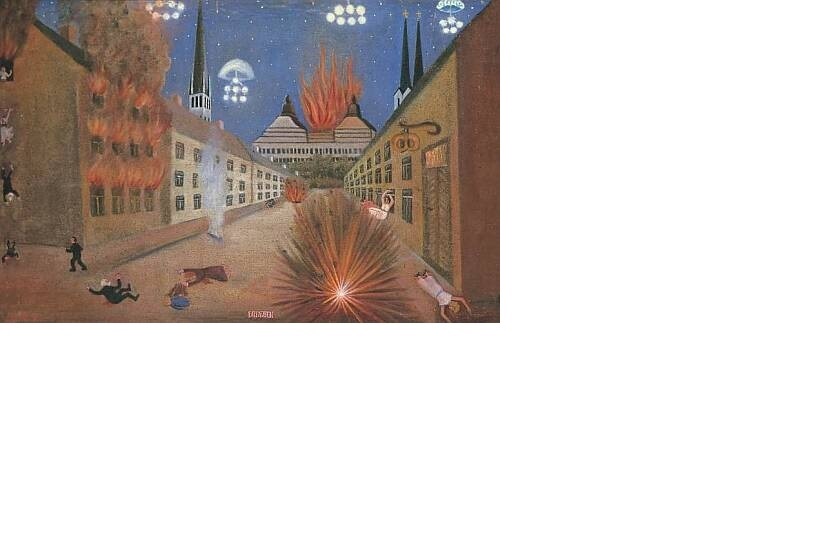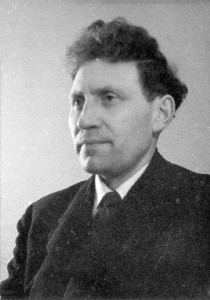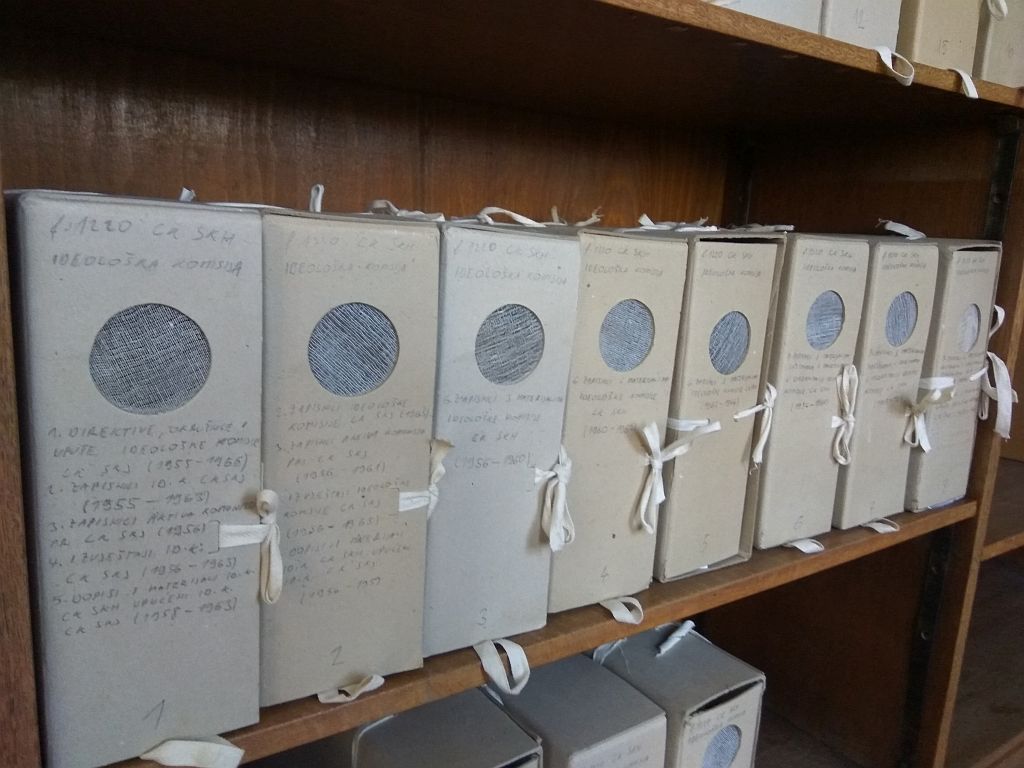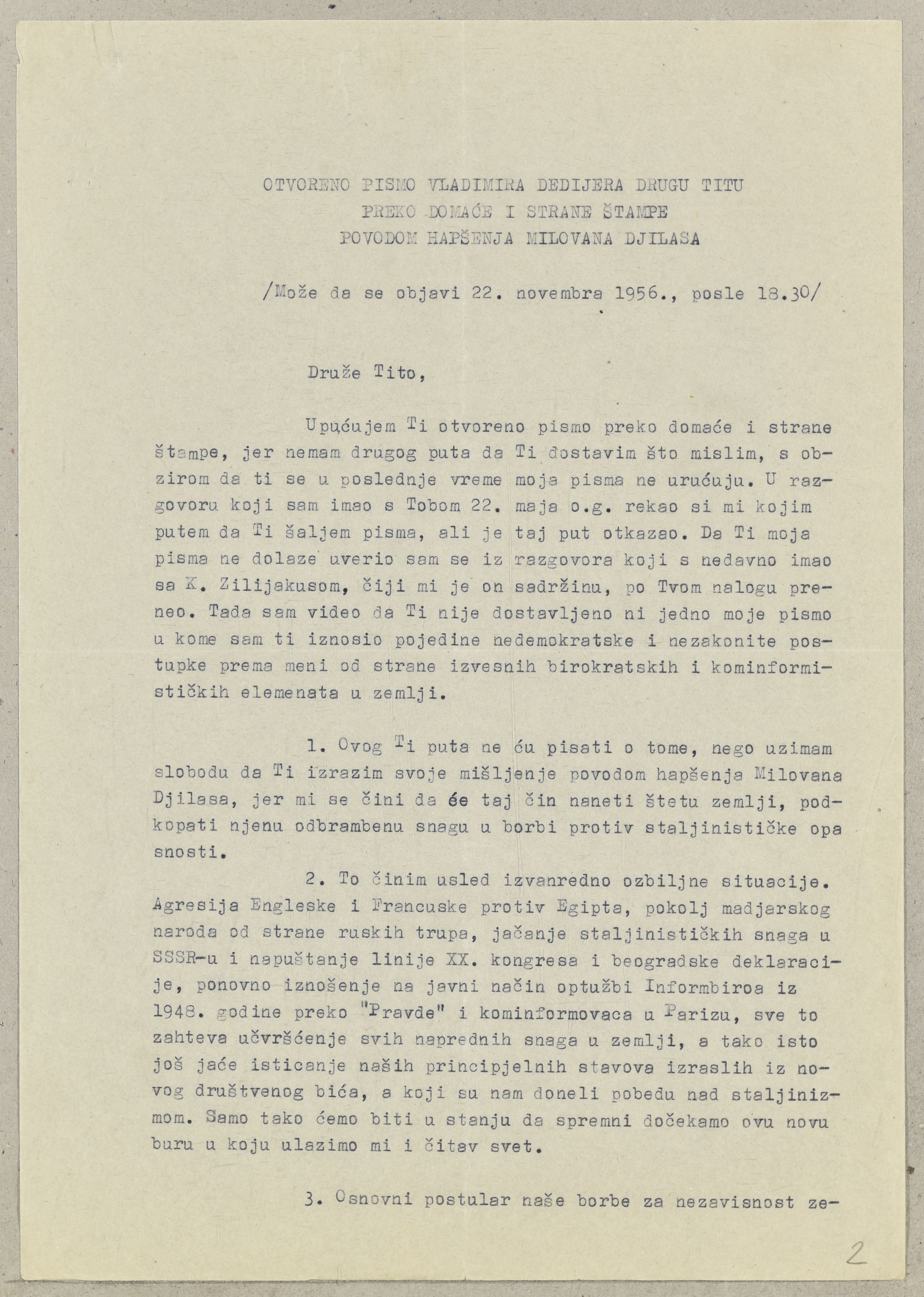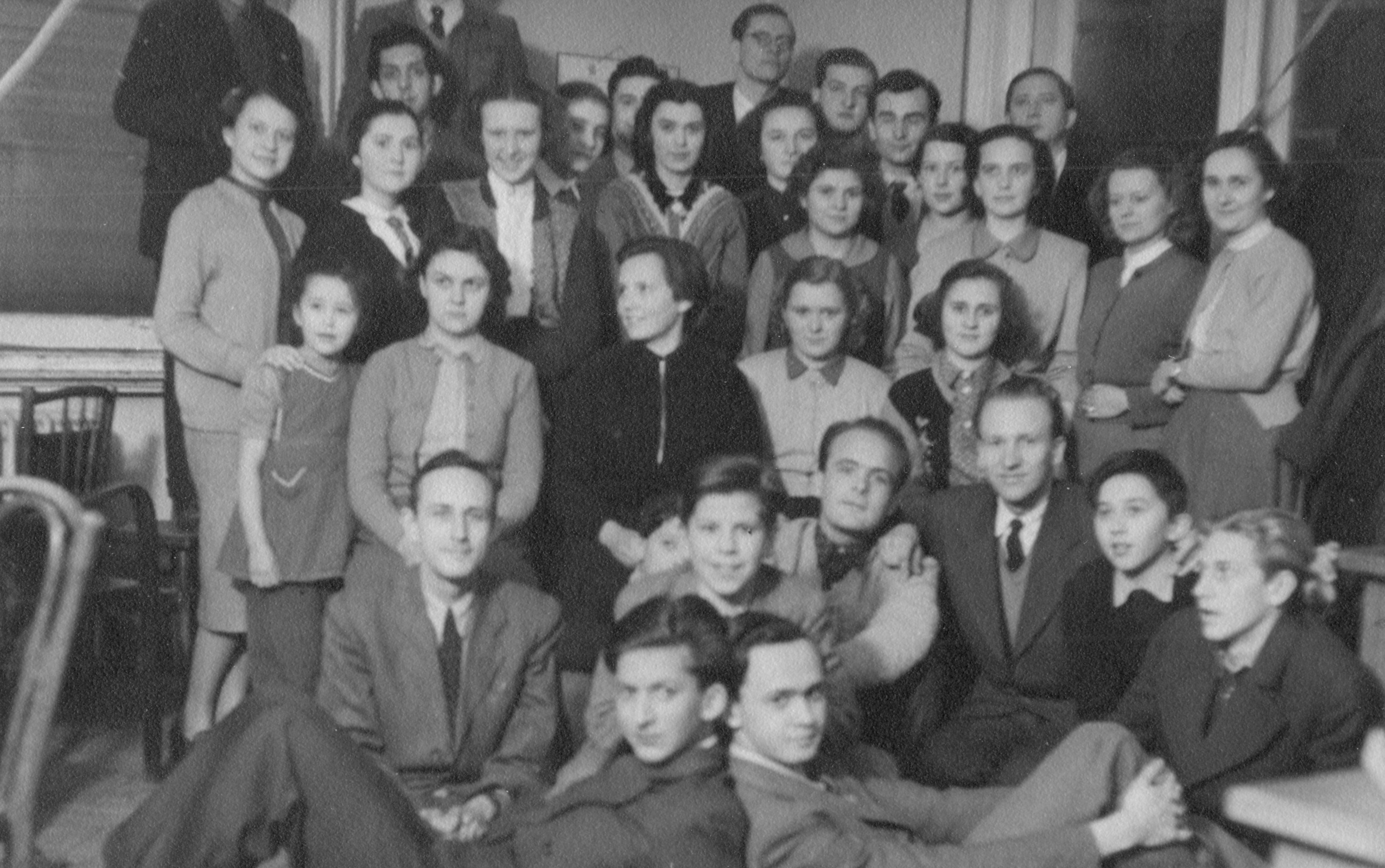

The collection, which is the private property of István Viczián, illustrates the history of the Calvinist youth organization of Pasarét under socialism. The collection includes letters and photographs, which provide insights into the aspirations of the group to create an active religious community in an era when such communities were a threat to and contradiction of official communist youth policy.
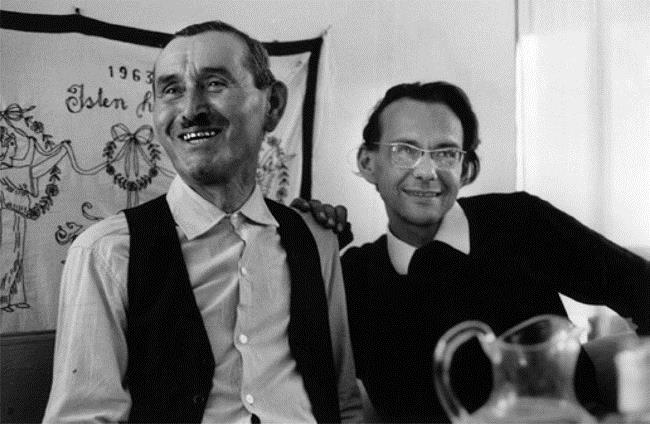

The bequest of György Martin contains his folk dance films and documents about them. Martin started to shoot films in the 1950s, and he wanted to use the best technical facilities for his work. He worked together with his wife Jolán Borbély and his stepson Péter Éri. They collected folk music and folk dances among Roma and travelled to Transylvania regularly. They remained in regular contact with Transylvanian dancers. Films were made by Martin, Jolán Borbély documented the collections, and Péter Éri recorded sounds on tapes. In the years which followed, he began to work with Ernő Pesovár, Ferenc Pesovár, and László Maácz. Later, Bertalan Andrásfalyv also joined these tours. The trips were supported by the Folk Art Institute. Its head, Jenő Széll, provided his car and chauffeur. The Hungarian Academy of Sciences also supported these research trips. Martin, however, used his own equipment during the collecting and research work. These folk dance films provide essential and in many respects unparalleled insights into peasant culture in socialist Hungary. Martin and his friends started their work as collectors in an extraordinary era, when the political elite launched programs to transform traditional peasant culture radically. Private farmers lost their land due to collectivization, and many members of the younger generations had to find jobs in industry. Martin was an inventive researcher and active traveler. Several anecdotes tell of how they used organized state tourist agency (IBUSZ) trips to Transylvania.
His films about István Mátyás “Mundruc” (1911–1977) are the most famous of all. Martin always wanted to make films about the famous Transylvanian dance known as the “legényes” (lad’s dance) from Kalotaszeg (the aforementioned region in Transylvania, known as Țara Călatei in Romanian), so he travelled to Magyarvista (or Viștea by its Romanian name), where he met with Mundruc (Mundruc means nice or slim in Romanian). Martin thought that Mundruc was the most talented dancer in East Central Europe. He was not a just talented dancer, he was also very conscientious about drawing a clear distinction between traditional and modern dances. Martin stayed in touch with Mundruc for twenty years, and he studied the photos and films about him. Martin’s cooperative endeavor with Mundruc adhered to the principles of the research school established by Gyula Ortutay, which focused on personal character. Unfortunately, Martin was unable to finish his book about Mundruc because of his untimely death. His work was published in 2004 as a posthumous volume.

 Autor necunoscut. Studioul secţiei române a postului de radio Vocea Americii, octombrie 1956. Fotografie
Autor necunoscut. Studioul secţiei române a postului de radio Vocea Americii, octombrie 1956. Fotografie
Revoluţia din Ungaria din 1956 a avut un ecou puternic în România, mai ales printre tineri. Ca urmare a ştirilor despre revolta studenţilor maghiari, în centrele universitare Timişoara, Cluj şi Bucureşti au izbucnit proteste studenţeşti, care însă au fost înăbuşite încă din faza incipientă de către aparatul represiv al statului comunist. Aceste iniţiative nu ar fi avut loc dacă Vocea Americii şi Radio Europa Liberă nu ar fi difuzat pe larg informaţii despre revoluţia din Ungaria. În fondul Mircea Carp se regăseşte o fotografie alb-negru care ilustrează acest moment în care postul Vocea Americii a reprezentat o sursă alternativă de ştiri la cea oficială despre evenimentele din Blocul Estic din toamna anului 1956. Fotografia a fost realizată în studioul secţiei române a postului Vocea Americii chiar în zilele revoluţiei din Ungaria. În prim plan apar doi angajaţi ai postului, Mircea Carp şi Michael A. Hanu, citind în direct materiale dactilografiate. În fundal apare o hartă a regiunilor de pe glob pe care postul de radio le acoperea cu motto-ul: “The Voice of America – around the world ... around the clock”. Pe verso regăsim menţiunea făcută de creatorul colecţiei, Mircea Carp: “Octombrie 1956: Mircea Carp (comentator) şi Michael A. Hanu (redactor) comentează Revoluţia din Ungaria.” În memoriile sale, Mircea Carp a menţionat legat de acest moment că, deşi emigraţia românească din Occident aştepta o reacţie mai fermă a SUA faţă de intervenţia sovietică din Ungaria anului 1956, clasa politică americană a făcut un pas înapoi, dezamăgind astfel pe simpatizanţii revoluţiei din Ungaria (Carp 2012, 169).


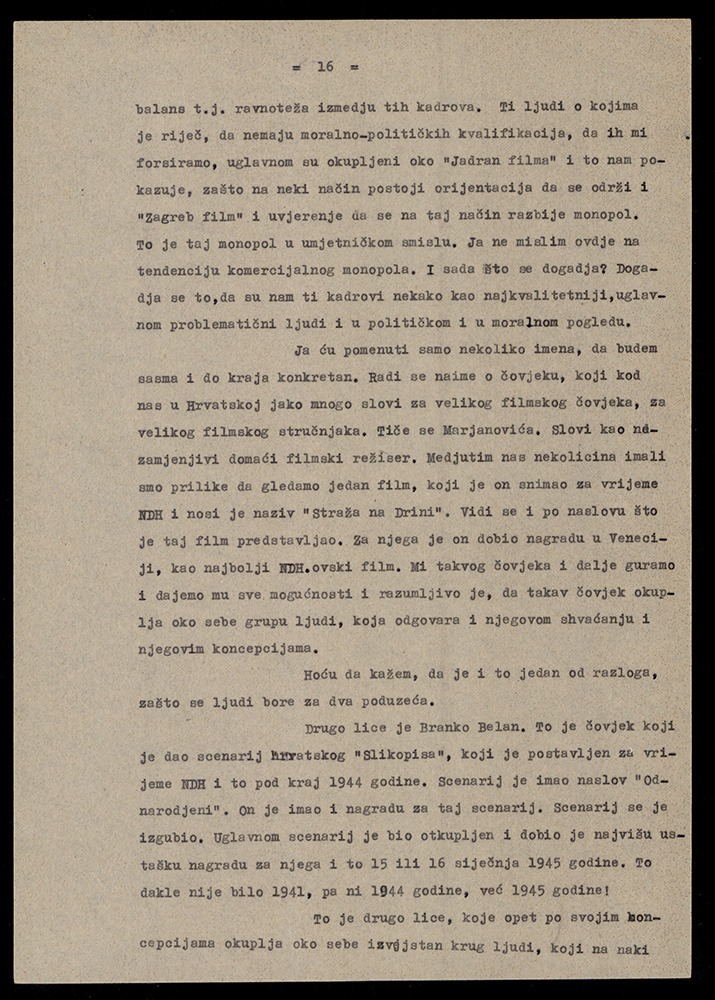
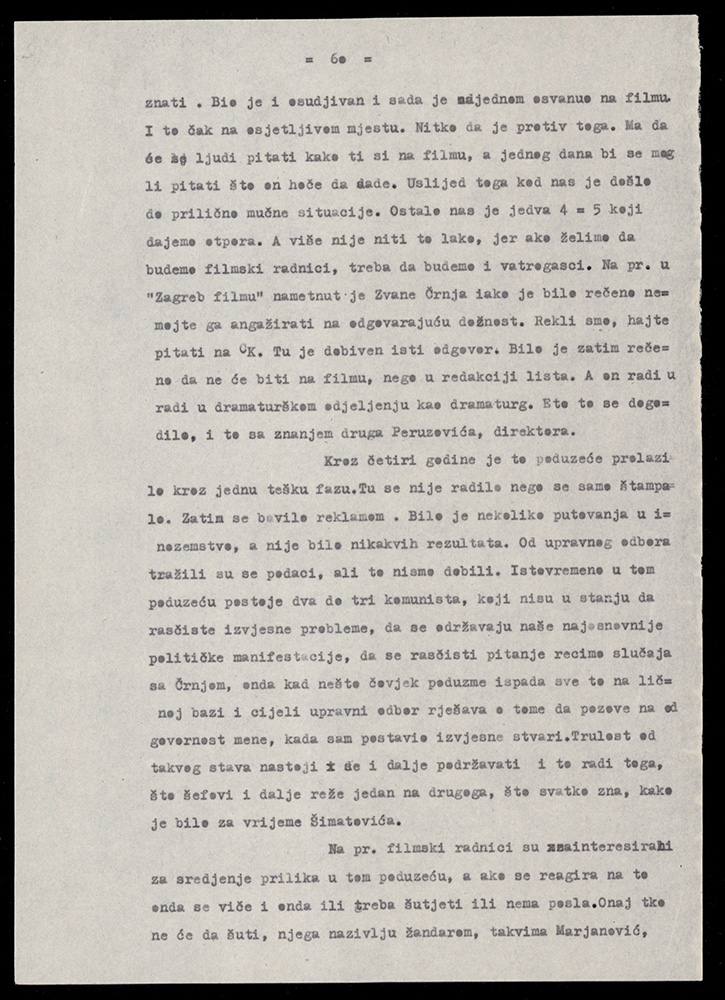
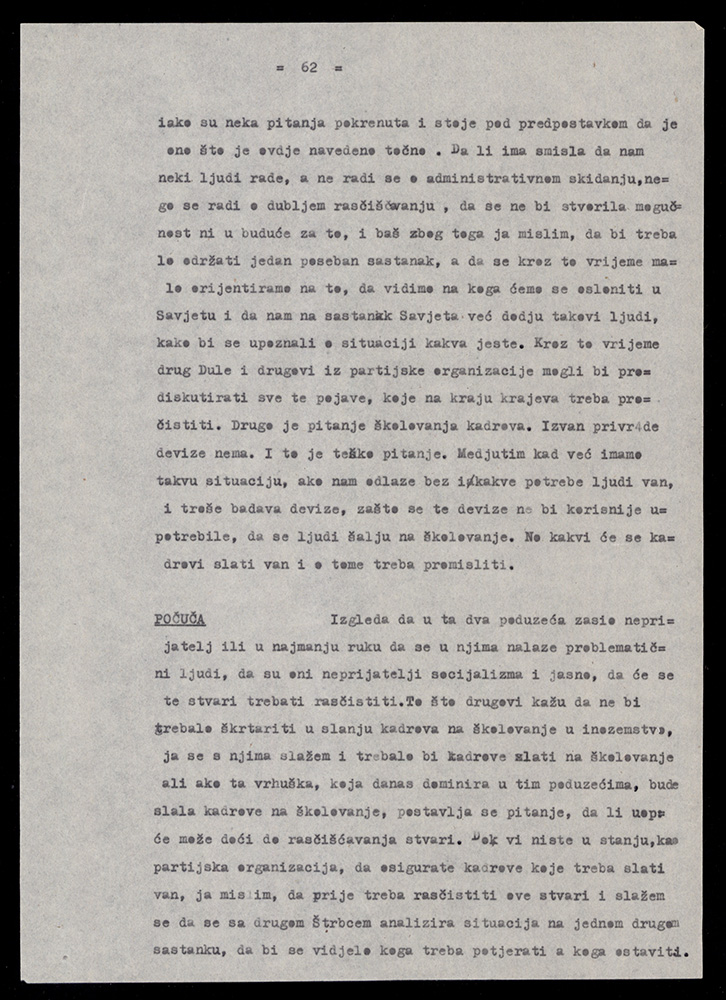
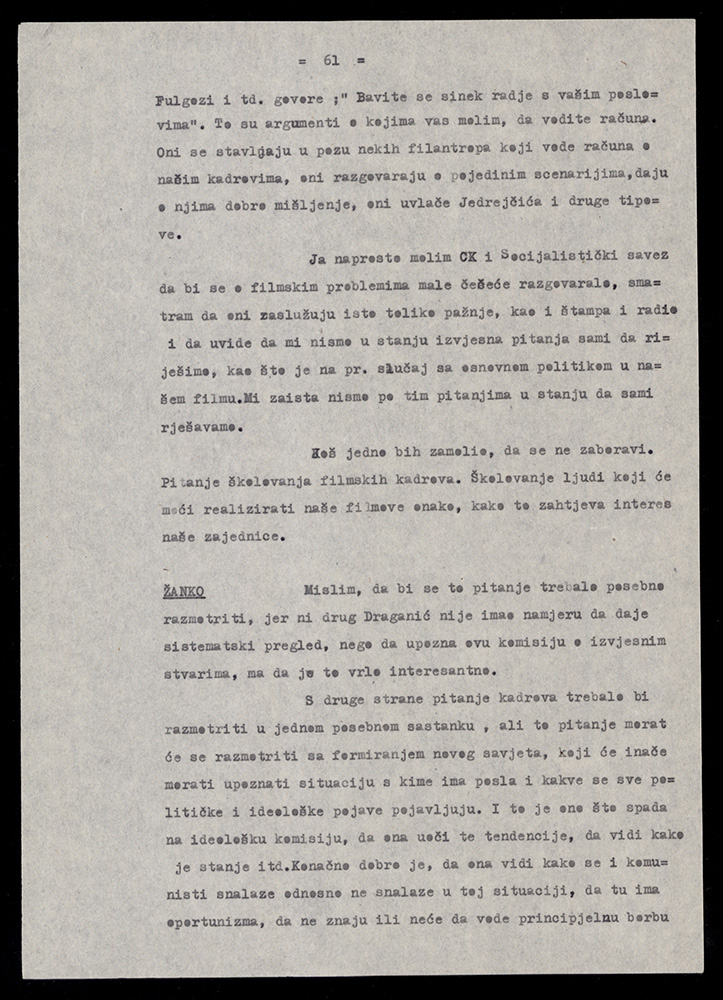
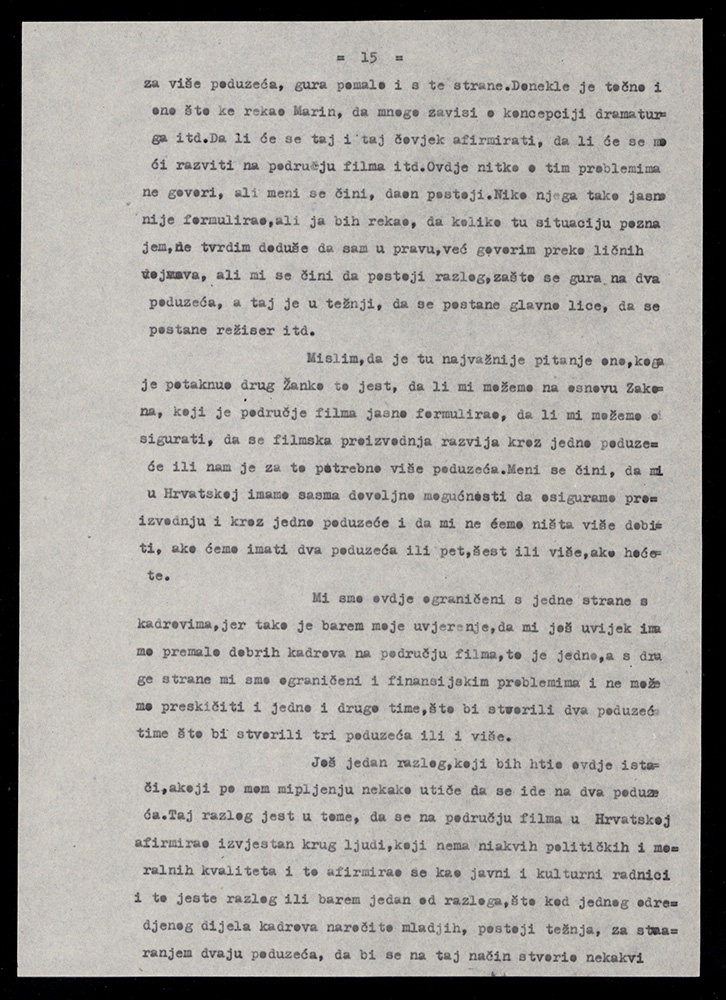
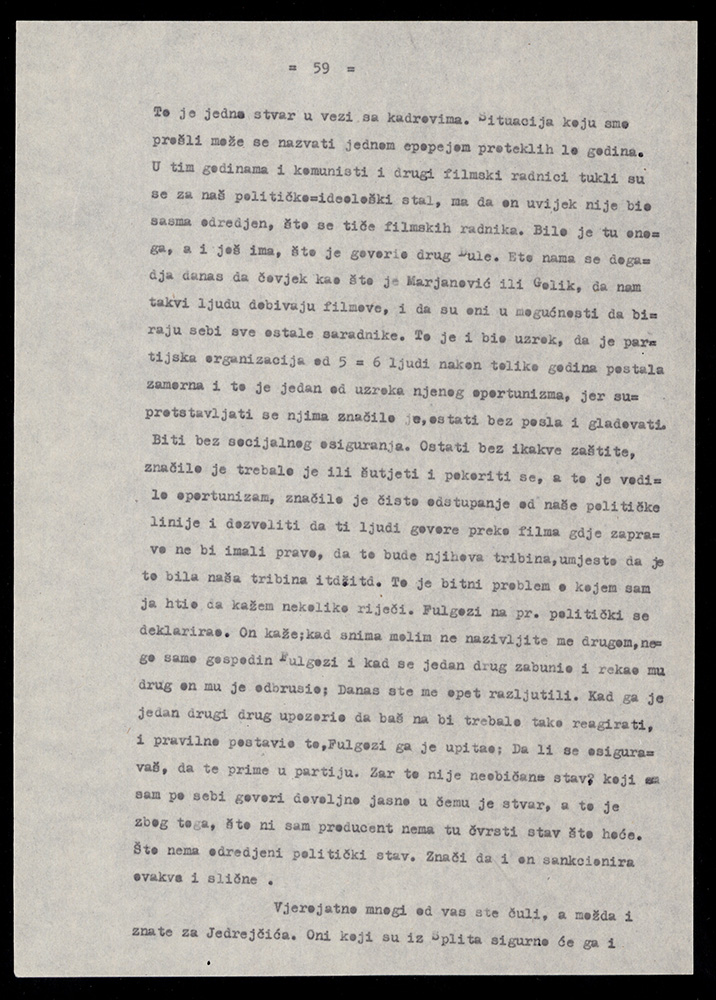
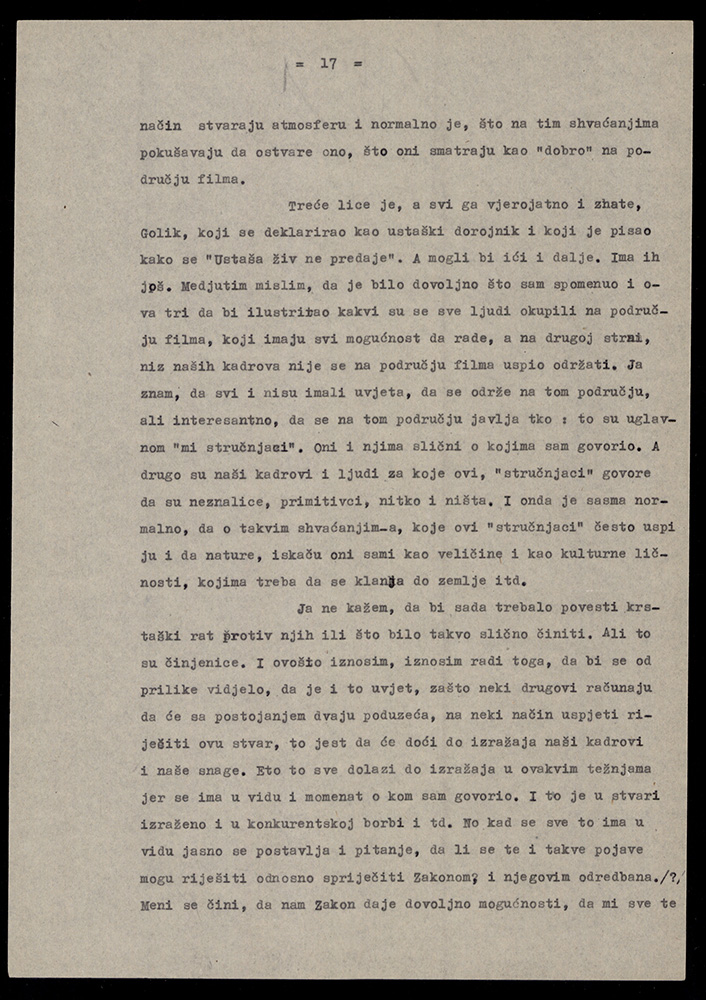
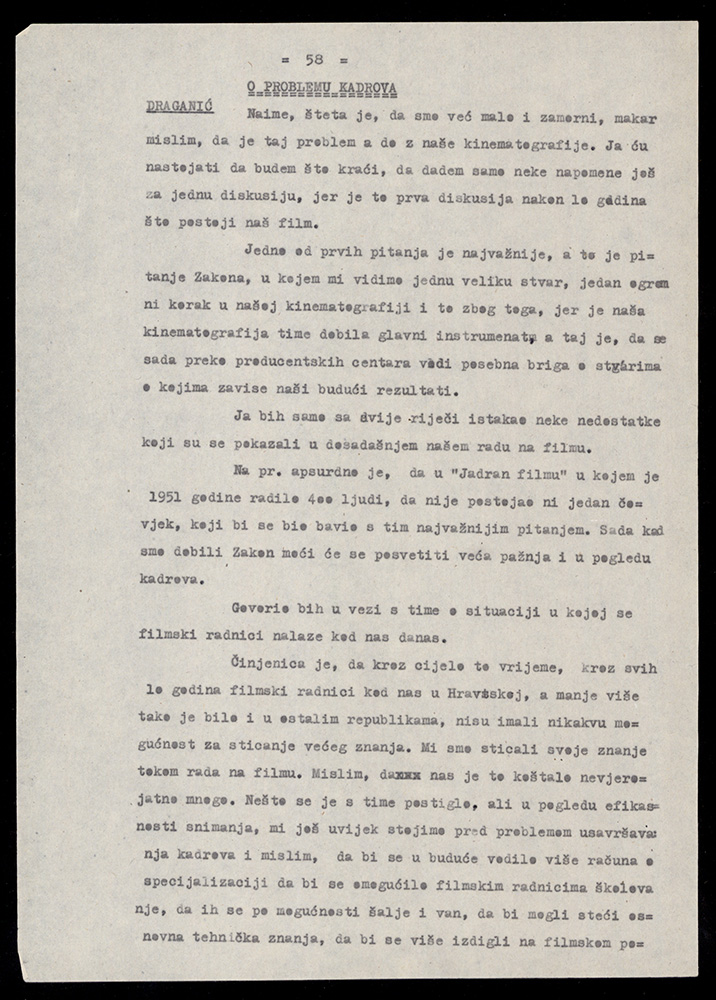
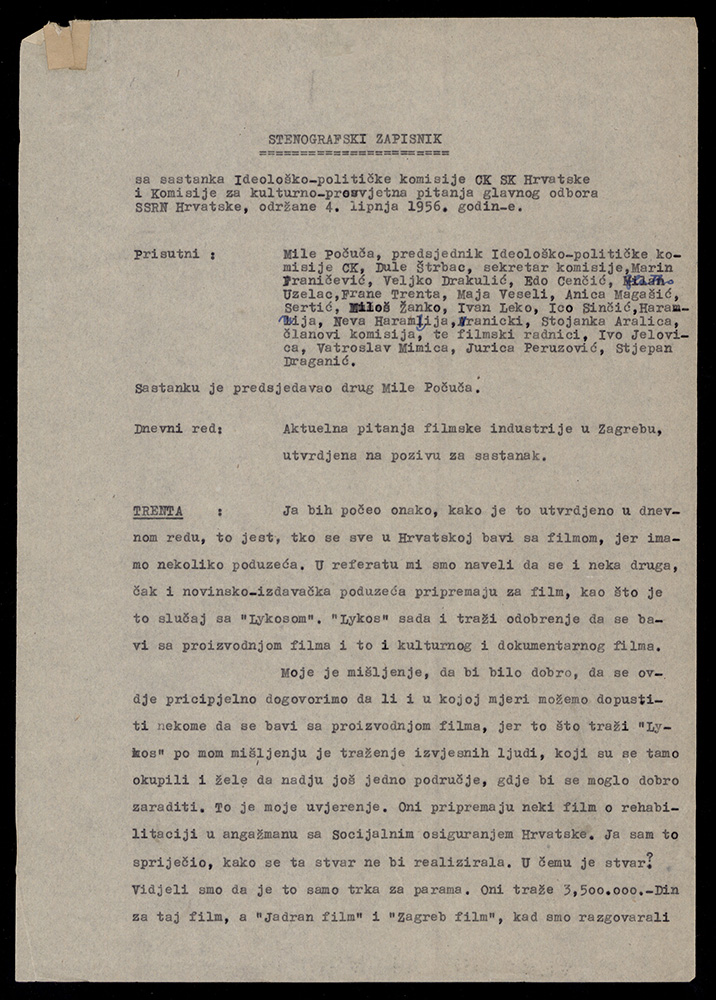
 Stenographic Minutes from the Meeting of the Ideological Commission and the Commission on Cultural and Educational Issues of the CC of the SAWPC, 1956
Stenographic Minutes from the Meeting of the Ideological Commission and the Commission on Cultural and Educational Issues of the CC of the SAWPC, 1956
These are elaborate minutes of the session in which the current issues in the film industry in Zagreb were on the agenda. At the session, Ivo Jelovica, Vatroslav Mimica, Jurica Peruzović and Stjepan Draganić also participated along with the members of the Ideological Commission of the CC LCC and the Commission for Cultural and Educational Issues of the Central Committee of the Socialist Alliance of the Working People of Croatia (SAWPC). The document is important because it shows how the members of the Commission steered the film industry in Croatia, the production of films, and how they managed recruitment and staff within that industry. The participants in the meeting analysed the situation in Croatia: who is engaged in the film business, the need for two art centers/production companies; Jadran film and Zagreb, and the related issue of finances, staff and quality of achievement. The role of the Film Council was also emphasized as the authoritative body for quality, but also the ideological "regularity" of productions, whose role was to approve screenplays. In addition to this, the question was raised as to whether such "socialistic morality" could be ensured in the film company. Particularly interesting was the part of the discussion on the staff in film companies, when Dule Štrbac, a member of the Commission, noted that the problem surrounding Jadran film was the accumulation of personnel who were politically and morally problematic, but who were professionals of the highest quality. He appointed Branko Marjanovic as such, saying that he was considered an irreplaceable film director and expert, but also mentioned his film The Watch on Drina (Straža na Drini) from the time of the Independent State of Croatia (NDH), and emphasized how he "brings together people who fit his understanding and concepts." Branko Belan was appointed as a troublemaker, as he was the screenwriter of the film Odnarođeni, whose screenplay was awarded the highest Ustasha prize at the beginning of January 1945. The third person featured in a negative context was Krešo Golik, who "declares himself as an Ustasha dorojnik" and wrote that the Ustasha "will never surrender alive." The members of the Commission wondered how such people had the ability to work, and on the other hand "our staff" has failed to hold on. An example in Zagreb Film was Zvane Črnja, a playwright, as an imposing cadre, although it was said that he should not be engaged in certain duties.
Frane Trenta emphasized that "strong political and party personnel should be placed in these companies," and Milos Zanko supported him by saying that the Council should not appoint people who are not "on course" and that the Film Council should also provide the appropriate staff.
It is interesting to note that the record also mentions the work of the party organization in the company and that in past years opposing to them meant to be left out of work and to starve, to be without social security, to remain without any protection, to be silent or to obey ... This especially very clearly shows the role of LC organization in directing the work of film companies, censorship and monitoring the "ideological correctness" of the personnel and policies of the companies themselves.
Mile Počuča finally concluded that sit the enemies of socialism or at least the problematic people were sitting in both companies, and advocated a special meeting to see who should be thrown out and who should stay. It was concluded that the meeting should be held.
By 1995, the document was, along with the other records of socio-political organisations, a part of the Archive of the Institute of History of the Labour Movement of Croatia/Institute of Contemporary History. That year, in July, it was handed over to the Croatian State Archives (CSA) where it is kept today. The documents are accessible for use without any restrictions.
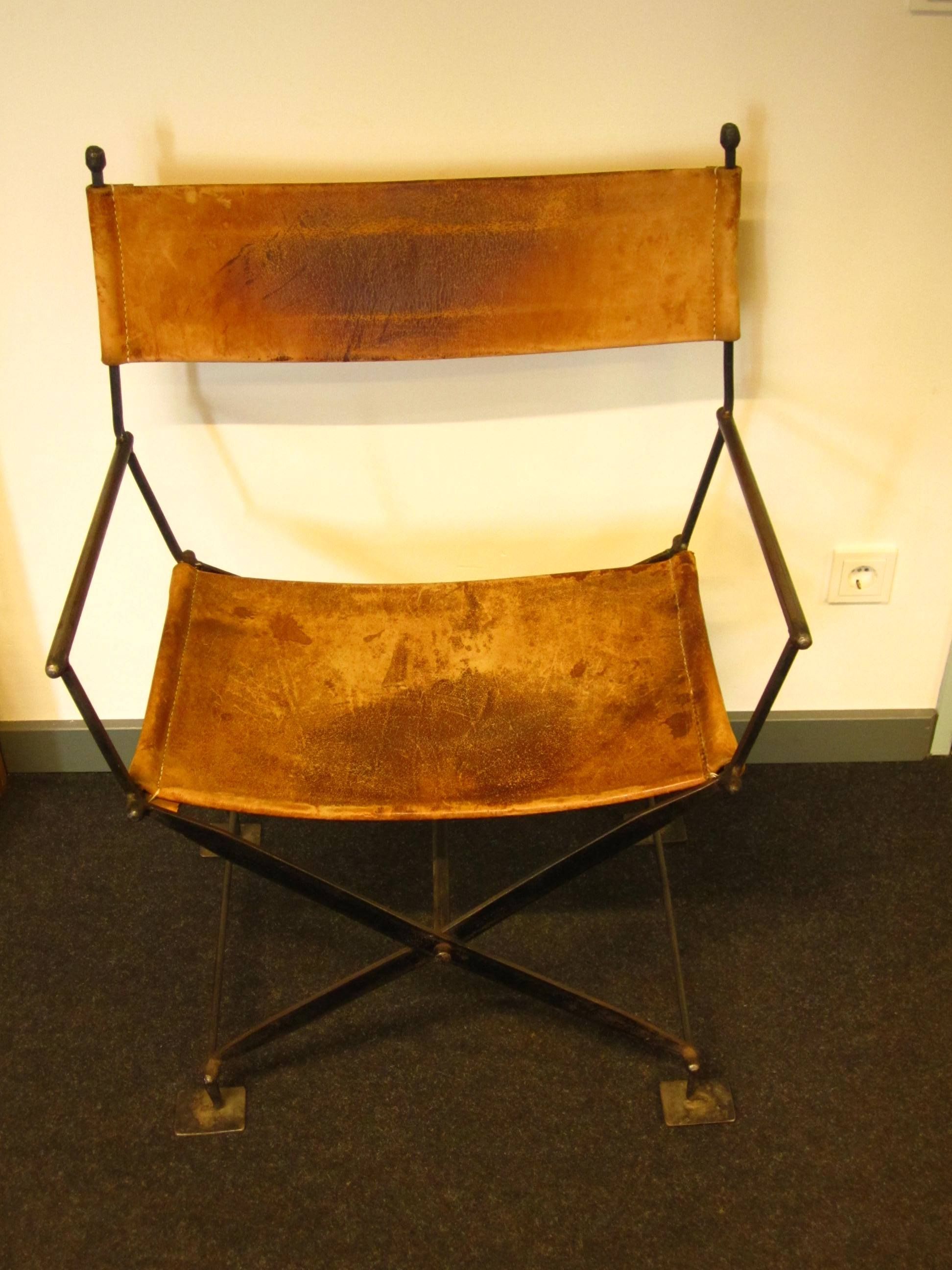

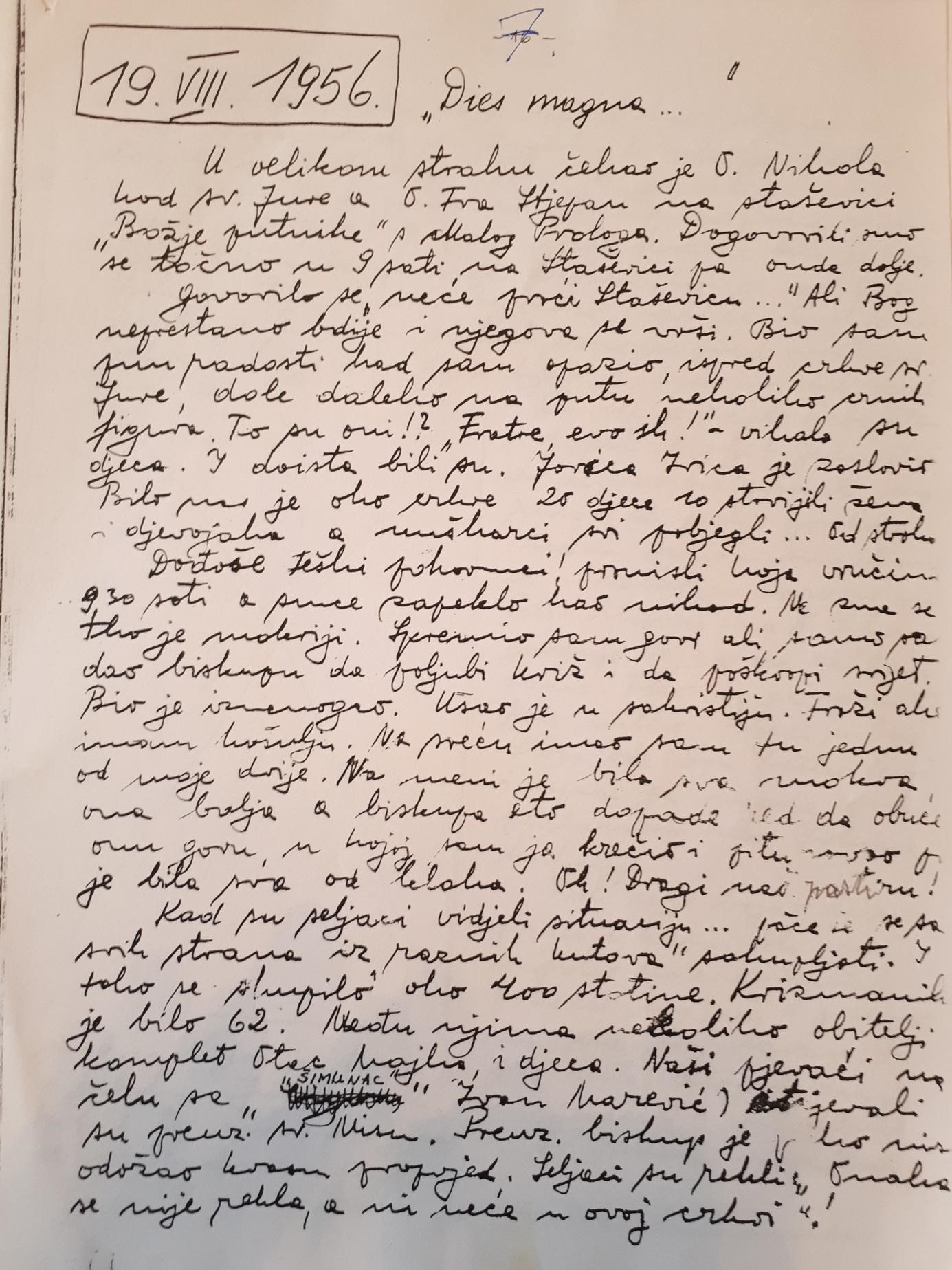


This record is from the Chronicle of the parish of Stasevica dated August 19, 1956, when Franić went on a pastoral visit to parishes in the area around the Neretva River, more precisely in the small village Staševica. Local communists attempted to prevent the arrival of Archbishop Franić in their parish through their Party organizations by physically stopping him on the road to the village, which he was visiting to share the sacrament of the confirmation to young people. The event testified to the total effort to de-Christianize society by the regime at the time. In that sense, Franić's diary is a genuine source of testimony about similar processes throughout his archdiocese.


